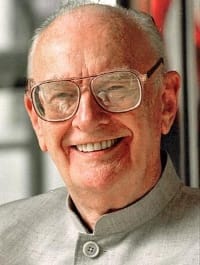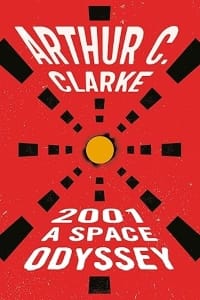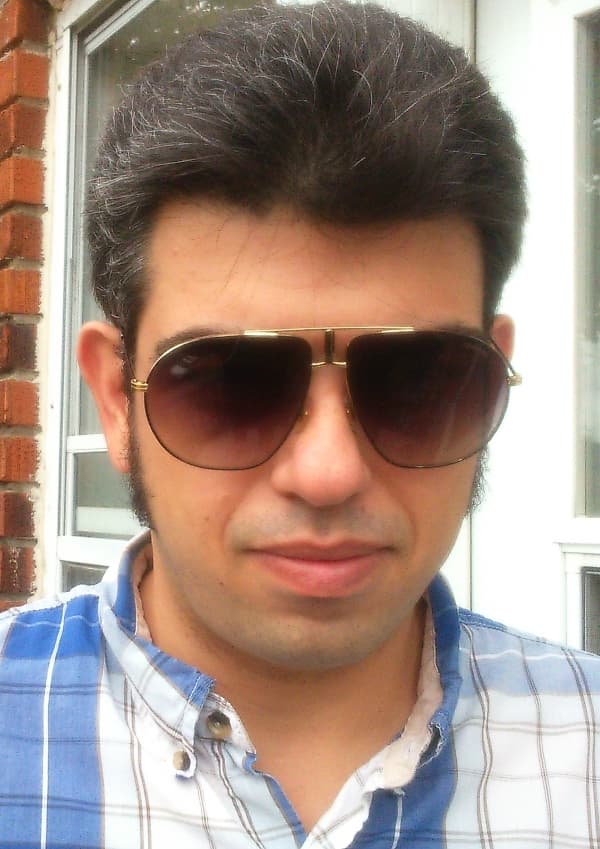
Estimated reading time: 9 minutes
Key Takeaways
- Arthur C. Clarke‘s 2001: A Space Odyssey offers a profound exploration of higher intelligence and space travel.
- The story unveils a galactic mystery beginning with human evolution sparked by a mysterious monolith.
- Clarke emphasizes humanity’s reaction to first contact with extraterrestrial intelligence, rather than detailing the aliens themselves.
- The novel combines hard science with philosophical themes, enhancing its believability and engagement.
- Overall, 2001: A Space Odyssey remains a quintessential science-fiction work that inspires wonder about space exploration.
Short Summary
Arthur C. Clarke has done more than most to popularize science and make it accessible to laymen lacking advanced education in the field, and few of his works exemplify it as well as 2001: A Space Odyssey. The classic novel, which was also turned into a celebrated movie, follows a small crew as they venture from Earth to lapetus, one of Saturn’s moons with peculiar properties. Unbeknownst to everyone apart from the cutting-edge on-board AI, the mission has a secret designation, implying potential consequences far above and beyond what most can imagine.
Table of contents
Arthur C. Clarke Searches for Higher Intelligence
Considering how vast and populated with planets the visible universe is, some think that our encounter with interstellar beings is more a question of “when” rather than “if”. The topic has been capturing our collective imaginations far longer than we’ve probably chronicled it, with the skies presenting a tapestry of infinite mystery since we first laid eyes on it. In 2001: A Space Odyssey, Arthur C. Clarke takes a rather inventive approach to imagining what our first contact might truly be like.
The book opens in a rather unexpected way for anyone who goes in blind, taking us about three million years before our era, introducing us to Moon-Watcher, leader of a starving group of hominids. While on the brink of extinction, they make contact with a mysterious monolith which appeared out of nowhere, lighting the spark of higher intelligence, pushing them towards the knowledge needed to develop tools, which in turn secured their survival.
Following that absolutely fascinating excursion, we fast forward to the year 1999 (which, in 1968 when the book was written, seemed like a relatively distant future), when a startling discovery is made on the moon. A giant monolith was dug up from beneath the surface, a black slab with a perfect ration of 1:4:9, believed to be the work of intelligence. Just as sunlight touches it for the first time, it emits a powerful radio transmission, and seems to power off afterwards, turning into the cold slab it first appeared to be.
The news is largely kept under wraps, but a scientific survey mission is put together, and it’s directed towards lapetus, one of Saturn’s moons with unusual characteristics. Aboard the Discovery One, at least until it reaches Jupiter, there are only three operators on-board: doctors David Bowman and Frank Poole, as well as the artificially-intelligent computer, HAL 9000. Their three other colleagues are kept in suspended animation for most of the trip, largely to conserve resources.
Though the journey is going smoothly enough at first, with both doctors settling into a predictable routine, trouble finds them soon enough, and things take a deadly turn. It becomes increasingly clear HAL isn’t exactly as foolproof as believed, and with the true nature of the mission weighing upon its digital consciousness, it is alarmingly unclear what steps it might take to ensure its success. If they eventually do make it to lapetus, there remains the unnerving question: what exactly awaits them there? Why was Earth so keen on keeping the true nature of the mission a secret? What is the true nature of the mission in the first place… and is humanity truly equipped to handle it?
A Galactic Mystery in 2001: A Space Odyssey
The statement I’m about to make obviously doesn’t apply to every book and work of fiction out there, but in my opinion, virtually every story benefits from having a strong mystery at its centre. The author’s ability to develop that mystery bit by bit, tying it in with the rest of the story and keeping it as an important element, can really make or break a book, at least in terms of the enjoyment we readers might get from it.
In 2001: A Space Odyssey, Arthur C. Clarke goes above and beyond the heavens, presenting us with something far grander than an Earthly mystery: a galactic one… if not even intergalactic. It is true that these days science-fiction novels taking us to deep space to unveil its secrets are a dime a dozen, but it is worth remembering the book was written almost sixty years ago. Nevertheless, I do feel confident in saying that few, if any, have done it as well as Clarke has.
The question as to what awaits our characters once they reach their destination is always at the forefront of our minds, and Clarke builds on our expectations piece by piece, prompting our minds to wander the vast weave of possibilities he set before us. We always know a little more than the main characters, which is especially true for those who use a bit of deductive reasoning, but even that has its limits: we are as clueless as they are before the vast unknowns of deep space.
There is one element of the book which I believe the author used to its fullest advantage for the development of mystery, wonder and suspense, and it’s the inclusion of hard science in the fiction. Numerous are the moments where Clarke goes into precise mathematical and scientific details to describe various situations faced by our characters, enhancing them in more ways than one.
For starters, having imaginary phenomena described with the same approach as real ones has the simple effect of making them feel more tangible, easier to imagine and visualize properly. It also helps to tie them in with our own lives in the real world, giving the impression they are scientifically-permissible, and thus, could potentially be witnessed by us or our descendants one day. Thankfully, Clarke never goes into too much complexity, remembering that most of his readers probably don’t have doctorates in physics or mathematics. He strode the line perfectly, as far as I could tell.

What We Might Find Out There?
A debate has been ranging long hard among space amateurs as to what aliens might look like if (or perhaps when) we finally encounter them. Theories range from anything to humanoids sharing many similarities with us to beings we could scarcely recognize as being living and sentient. I don’t want to spoil too much, but in 2001: A Space Odyssey, Clarke tends to pull more towards the latter theory rather than the former one.
Thankfully, at least I think so, the author doesn’t really spend any time or effort trying to describe the aliens which laid the monolith down on the moon. At least, not beyond the basic characteristics we readers need to have an understanding of them. Rather, he focuses on something much more interesting and pertinent to the real world: humanity’s reaction to the contact.
From Moon-Watcher’s tribe which simply accepted the Monolith as part of the scenery and never thought more of it, to modern people who set out to track down the source of their discovery on the moon, we get to see quite a bit of the spectrum of possible reactions. From the wary and fearful to the optimistically-cautious, we see that over time, not all that much about human nature has changed.
Naturally, for the sake of the story he is telling, Arthur C. Clarke needs to bring his intergalactic intelligent beings to life, but at the same time, he also shows some of the very real problems when it comes to finding life out there. Namely, being separated by absurdly vast gulfs of time and space, and crossing both of those still remains in the realms of science-fiction, at least until some grandiose breakthrough comes about.
I’ll try not to spoil anything, but though the ending feels a little on the esoteric side, the journey it takes us through is mind-boggling and unforgettable, reminding us that what seems like magic today might one day become commonplace and banal. Most of all, I loved how even after being so far-removed from Moon Watcher’s story, Clarke finds a way to loop back on it in the most impactful way I could imagine. He makes the point that no matter what shape we might take or what time we inhabit, at our core, we remain human beings, caught in a cycle of endless discoveries, in search of opportunities to exert our ever-growing power.
| PAGES | PUBLISHER | PUB. DATE | ISBN |
|---|---|---|---|
| 256 | Ace | Aug. 1 1993 | 978-0451452733 |
The Final Verdict
2001: A Space Odyssey by Arthur C. Clarke is without a doubt one of the strongest and most impactful science-fiction novels I’ve had the pleasure of reading, combining philosophy, artificial intelligence and deep space exploration in ways I haven’t seen before nor since. It’s no surprise Kubrick managed film such a timeless classic, for the base material he had to work with was incomparable.
If you’re looking for a book focusing on galactic exploration and humanity’s first contact with beings they can hardly begin to comprehend, or are perhaps looking to get acquainted with the literature behind one of the greatest sci-fi movies of all time, then I strongly urge you to give this book a try. It will fill your mind with the wondrous possibilities of what might one day await us out there… should we ever make it that far in the first place.

Arthur Charles Clark
(December 16, 1917 — March 19, 2008)

